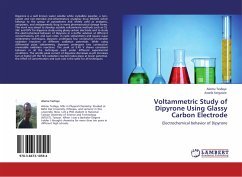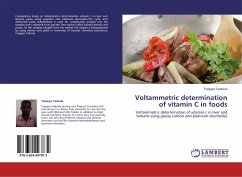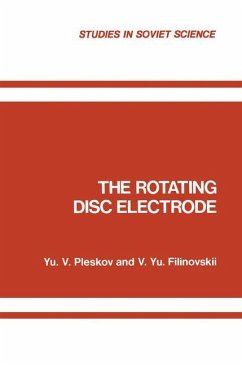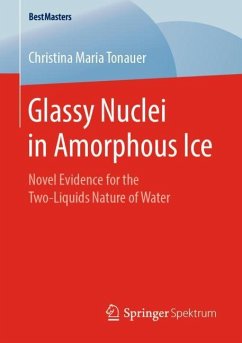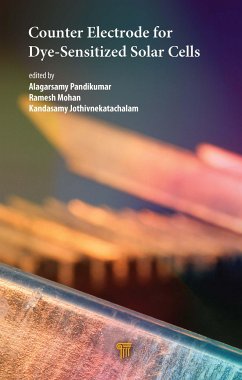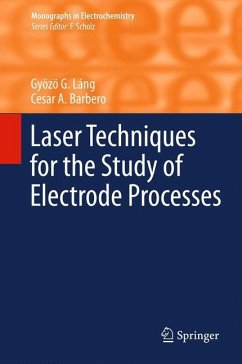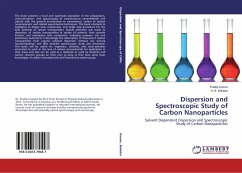
Voltammetric Study Of Paracetamol Using Glassy Carbon Electrode
Versandkostenfrei!
Versandfertig in 6-10 Tagen
32,99 €
inkl. MwSt.

PAYBACK Punkte
16 °P sammeln!
Electrochemical behavior of Paracetamol in aqueous media has been studied by three electroanalytical techniques namely CV, SWV & DPV with GCE. Many Voltammetric parameters have been optimized and their influence in peak current and peak potential were studied. A quasi-reversible reaction with the transfer of two electrons per molecule of Paracetamol was observed. As the pH increases the anodic peak potential drastically shifts to the negative potential, which indicates that hydrogen ion takes part in the electrochemical oxidation of Paracetamol.24 The maximum peak current was observed at pH 7....
Electrochemical behavior of Paracetamol in aqueous media has been studied by three electroanalytical techniques namely CV, SWV & DPV with GCE. Many Voltammetric parameters have been optimized and their influence in peak current and peak potential were studied. A quasi-reversible reaction with the transfer of two electrons per molecule of Paracetamol was observed. As the pH increases the anodic peak potential drastically shifts to the negative potential, which indicates that hydrogen ion takes part in the electrochemical oxidation of Paracetamol.24 The maximum peak current was observed at pH 7. The effect of concentration and scan rate on anodic peak current has been studied. In conclusion the Voltammetric study of Paracetamol requires no purification or extraction steps. Electroanalytical techniques have a major advantage in time and economy in the study.



